We took a quick Midwest tour to get a sense of what antiques and collectibles the museums are displaying. If you go, be sure to look for the “decorative arts” or “design” sections of the museums.
First stop, Indianapolis Museum of Art. The museum and grounds are beautiful, but we came to see their amazing design collection. It includes furniture, dishes, and other useful objects by most of the important 20th-century designers. There is also a large collection of everyday objects that are still available for sale or that you may find at garage sales or flea markets.
From there, we drove 45 minutes to Columbus, Indiana, to see the many important architectural buildings and tour the Indianapolis Museum, Miller House. The house was designed in 1953 by Eero Saarinen and furnished by Alexander Girard for J. Irwin Miller and his wife, Xenia Simons Miller. Everything in the house is original. The house and the entire town—one of the top six architecture cities in the U.S.—are well worth the visit. When you’re in town, make sure to grab a treat at Zaharakos, a restored 1900s ice cream parlor.
Next stop, the Toledo Museum of Art. This museum is not only beautiful, but it houses one of the world’s best glass collections (you can read all about my visit in our upcoming June newsletter). We went from Toledo to Detroit, only an hour or so away. There, we stopped at the Detroit Institute of Art. Although Detroit has been going through some difficult times, the museum is the best I have ever seen with respect to teaching about styles and periods of decorative arts. Most of the important makers are there in ceramics, furniture and silver. The signage and organization make it easy to follow and understand the importance of each period. My favorites, which you rarely see, were the large displays of Taxile Doat ceramics and Paul Revere silver (yes, the same Paul Revere from the American Revolution!). While there, don’t forget to see the famous Diego Rivera murals.
Finally, we made our way to the Cranbrook Academy of Art in Bloomfield Hills, Michigan, to see more Saarinen buildings and the Harry Bertoia jewelry show which runs through November 19, 2015.
Digging Deeper
Eero Saarinen (1910-1961): A Finnish-American modernist architect and professor at the Cranbrook Academy of Art. He is widely known for his large-scale structures, including the St. Louis Arch, the Brandeis University campus, and the TWA Terminal at JFK Airport. He is also known for the furniture he designed, including the table and chairs in the Miller House dining room.
Alexander Girard (1907-1993): Girard didn’t furnish a house in the usual way. He was interested in customization¾designing innovative home furnishings, fabrics for furniture and draperies, wallpapers, textiles and graphics. He was known for his bold colors, dramatic patterns and exotic materials as well as sunbursts and stylized floral themes.
Taxile Doat (1851-1939): A French potter who worked at Sèvres National Manufactory in the late 1800s and the University City Pottery in St. Louis from 1909 to 1915. Doat is known for his high-fired porcelain (grand feu) and stoneware using the pâte-sur-pâte technique (raised white glazed figures on blue glazed tiles and vases). His ceramics used the Japanese style of organic shapes and running glazes.
Paul Revere (1734-1818): Master craftsman, engraver, industrialist and patriot in the American Revolution. He inherited his father’s silversmith shop at age 19, making silver objects and branching out into dental and surgical instruments and ultimately the manufacture of sheet copper. But he is best remembered as the midnight rider who shouted “The British are coming.”



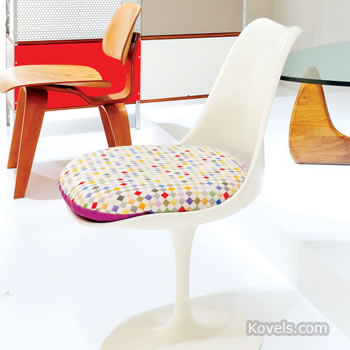

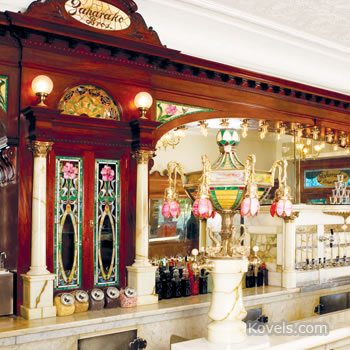
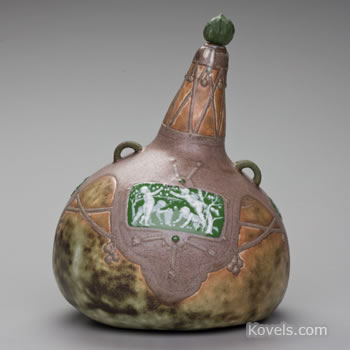
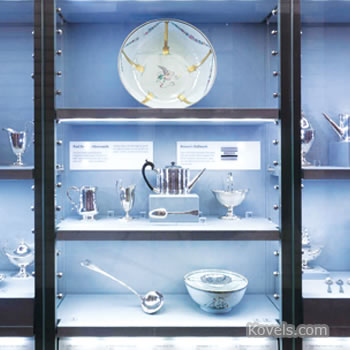
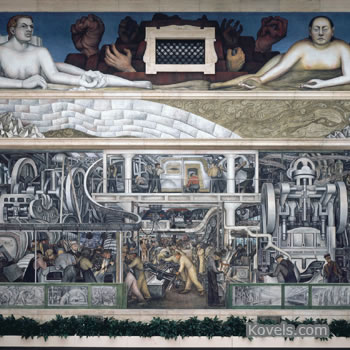



Leave a Reply
You must be logged in to post a comment.